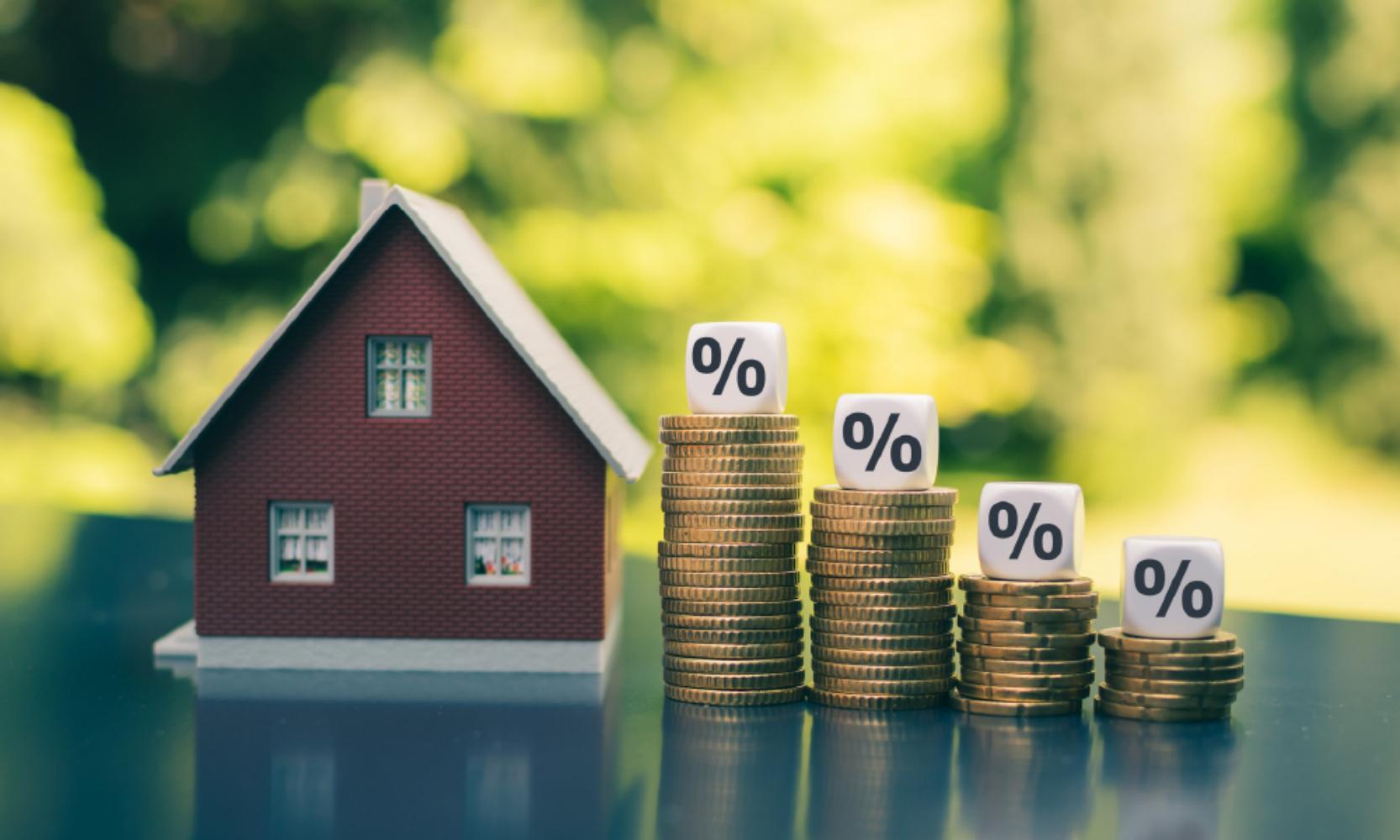Transactions in the real estate market always have investment content, as they are carried out with the aim of generating income and (or) acquiring capital assets. Investments are made in both the primary (new construction) and secondary (transfer of ownership) real estate markets.
Investing in real estate usually gives a higher return than lending money. Therefore, in many countries of the world, the purchase of houses and other objects is financed mainly through borrowed funds. The return on investment in real estate consists of two or three parts, depending on specific conditions:
- increase in the market value of the real estate over time and gain during resale;
- current income in the form of rent and other receivables from the use of the object;
- income from income reinvestment.
If you are planning to be involved in real estate, there is one term that you would want to know the definition of and also understand how you can apply it to make profit. This is a capitalization rate. It is widely used by commercial and residential real estate agents as well as real estate investors. So, what does this term mean?
Definition
Officially, the capitalization rate is a yearly return that you receive for a property. This rate can be compared to a checking account rate that you see on a checking account or any other investment type that you have. It’s a common real estate term that is primarily used to derive the value of a commercial real estate asset.
Capitalization rate is simply a mathematical measure of how much income a property produces relative to the purchase price. That means you need two pieces of information: you need income and you need the price. Actually, you will need a special type of income, called net operating income.
Net operating income is the income remaining after all taxes, insurance, and operating expenses are paid. For example, the property owner collects all the rent payments each month and then pays taxes, insurance, and expenses associated with owning a property. The income remaining is the net operating income for that month.

Example
To make it simpler for you to understand what this financial metric is all about, we will compute the cap rate for a rental property step by step while explaining all the elements that go into this number.
- First, you would need to determine the property’s gross income. To determine the amount of gross rents, you would estimate the maximum amount a property could generate and then account for the expected vacancy rate. So, if the best-case scenario will give you $20,000 and the vacancy rate is 10%, you should expect to have about $18,000. Let’s assume this is an estimated gross income for your property.
- The next step would be to account for the expenses of managing and owning the property. An exception would be financing costs, such as capital expenditures, depreciation, and debt payment, because this number is not affected by the financing terms of the deal. Whether an investor buys the property for cash, or you put 10% or 20% down, the capitalization rate will always stay the same regardless of the financing situation. Let’s assume that you expect to pay $1,800 for property management, $850 for property maintenance, $1,460 in taxes, and 1,350 in insurance. Your net income, thus, will be $12,540.
- Now, you need to divide the amount you got in step two by the price or its market value. More often than not, these numbers differ. Which one should you use? The property you plan to invest in may be worth $90,000 in terms of market value, but if you know that it can be purchased while covering all closing costs and any work that is required to get the property to a functional state (yes, you would include these in the total cost) for say $76,000, then this number becomes more relevant number to use because it reflects the actual situation you are in. Let’s assume that you plan to pay for the property $76,000. After doing a little math, you will get 0.165.

- As mentioned before, the capitalization rate is expressed as a percentage, so you would need to multiply the result by 100 to convert it to a percentage. Thus, you will have 16.5% return on your investment. Now, you can decide if it is sufficient for you or if there are better investment deals out there.
Thanks to all the information the cap rate formula can provide for investment decision-making, this financial metric is a truly valuable tool for real estate investors.
